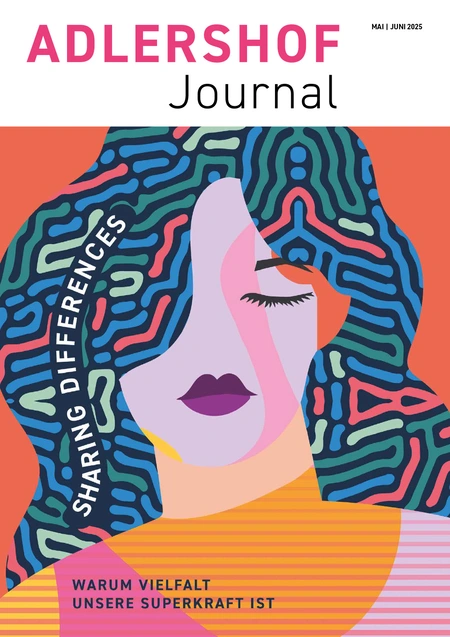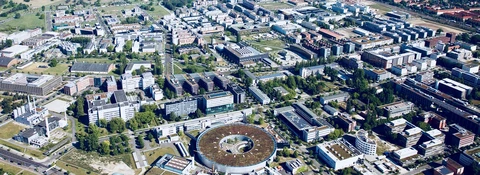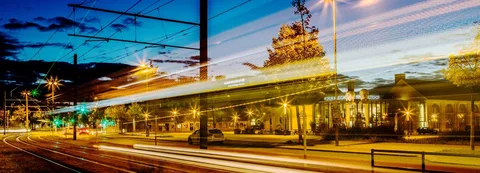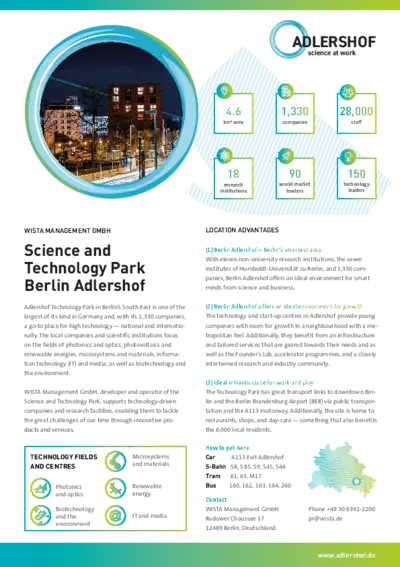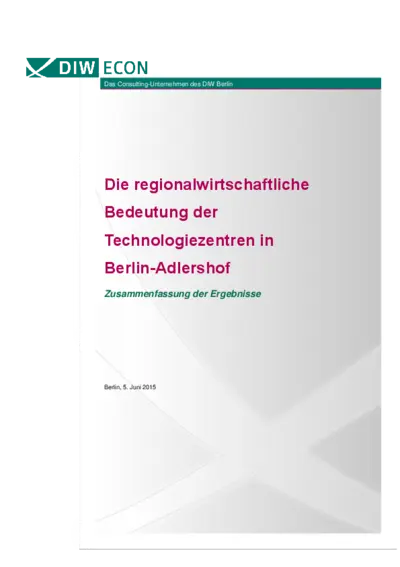Berlin Adlershof. Science at Work.
Discover the myth of Adlershof: founded in 1754, birthplace of German aviation, and site for research, film and television. Today the area has around 20,000 inhabitants, most located in the heart of the "old village". The Technology Park is close to the former airfield, now a landscape park.
The Berlin Adlershof Science City is one of the most successful high-technology locations in Germany—and Berlin’s largest media site. Renowned non-university research institutes, the natural sciences campus of Humboldt-Universität zu Berlin, 1,330 businesses and a rich history await you at Berlin-Brandenburg’s top Science, Business and Media hub. More than 34,000 people work and study in the science city of Adlershof, which covers an area of 4.6 km². Learn more about all the facts and figures…
News
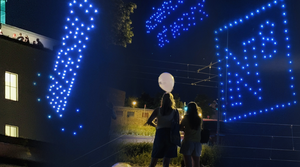
Long Night of the Sciences: Drone show thrilled the audience
Cheap tickets and numerous anniversary events attracted visitors to Adlershof. Light show at the finale created a rousing atmosphere.:
The Long Night of the Sciences celebrated its 25th anniversary in Berlin in 2025. To mark the occasion, there were not only numerous anniversary events throughout the city, but also discounted tickets. For just 5…

4-Inch Aluminum Nitride Crystals for Future Markets in Power Electronics and UV Photonics
Innovation project launched by IKZ, PVA TePla AG and Siltronic AG:
Three leading players in semiconductor research and development – the Leibniz-Institut für Kristallzüchtung (IKZ), the PVA TePla AG, and the Siltronic AG – are combining their expertise in a pioneering project to…
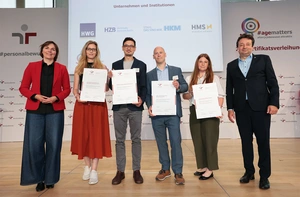
HZB receives certificate for the ‘berufundfamilie’ audit
The research institute was awarded for compatibility and a family-friendly corporate culture:
On 17 June 2025, the certificates for the ‘berufundfamilie’ audit were awarded in Berlin. HZB received an award with distinction for its long-standing efforts to promote a work environment that supports work-life…

ERC Advanced Grants for two HU research projects
Gökce Yurdakul from the Institute of Social Sciences and Hans Börner from the Institute of Chemistry each receive funding of almost 2.5 million euros:
For her project ‘MENBELONG – Belonging for Single Migrant Men: A Cross-Country Comparative Perspective’, Prof Dr Gökce Yurdakul will receive almost EUR 2.5 million as part of an ERC Advanced Grant, of which around…
Events / Dates
-
Kath. Kirche Christus König
Center for the Science of Materials Berlin (CSMB)
-
Kreativraum
Bunsen-Saal
-
Leap Quantum Technology Hub & Events
Current journal issue
